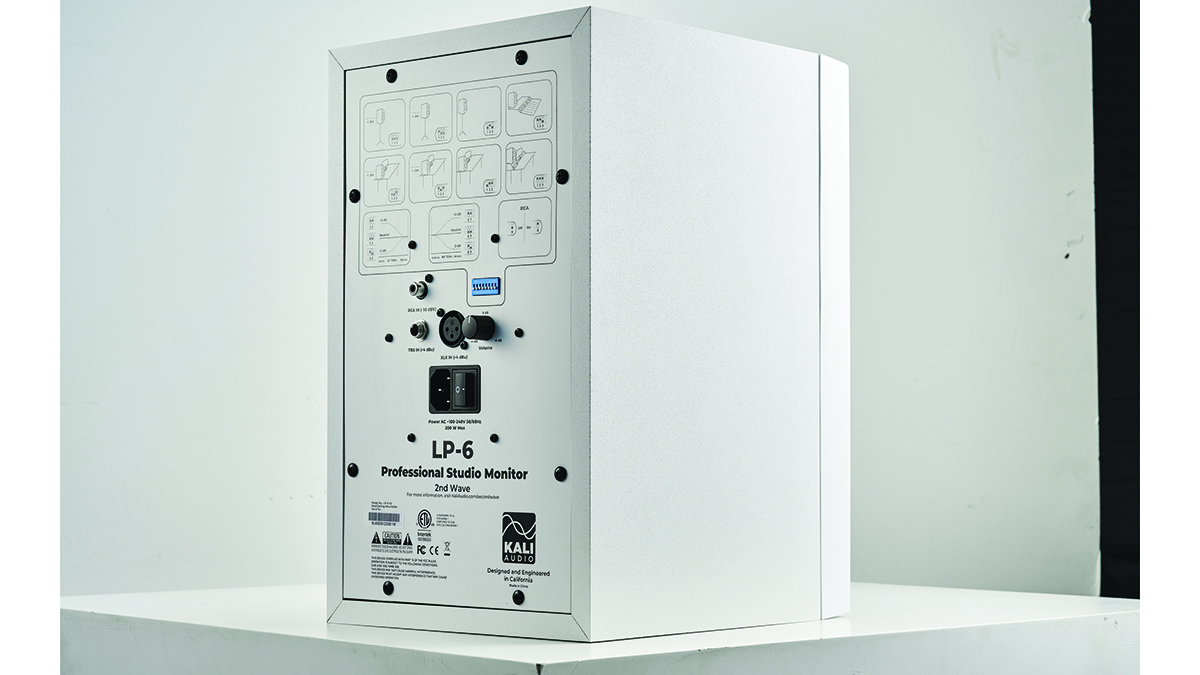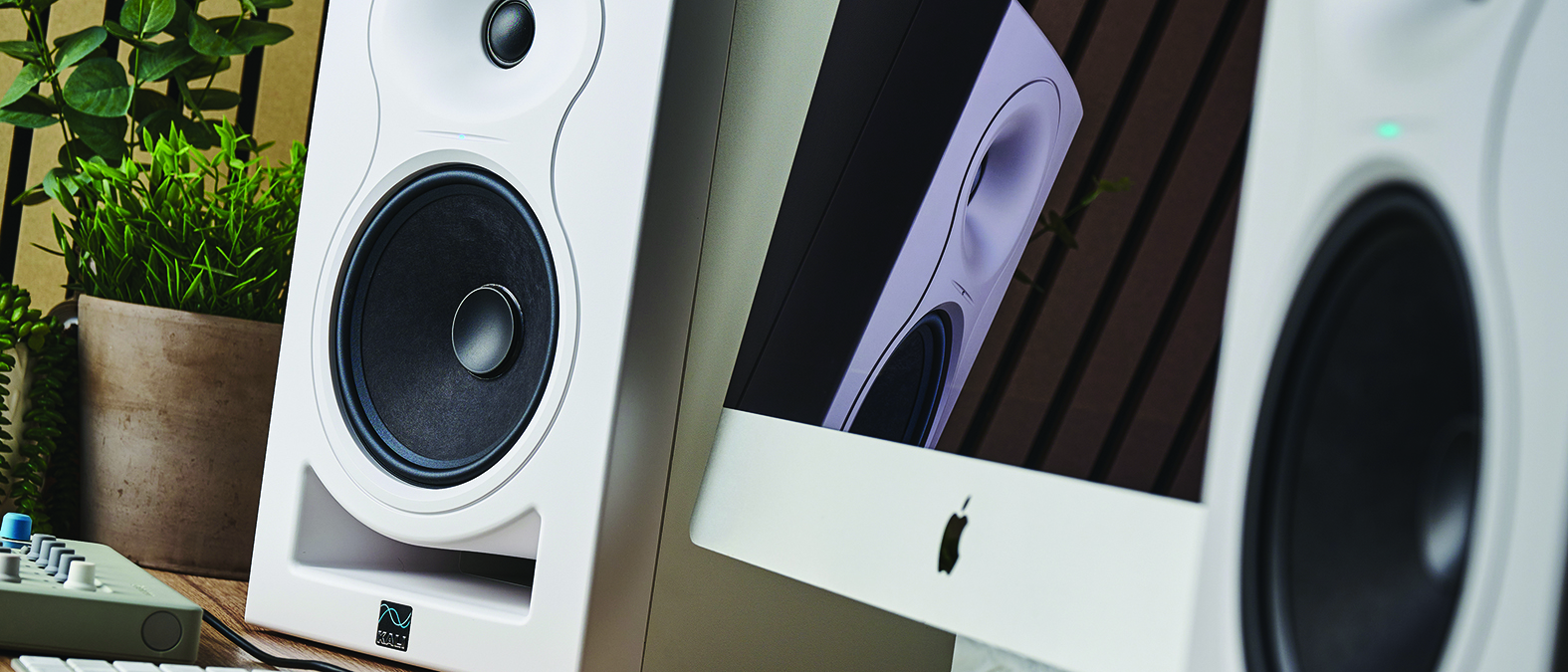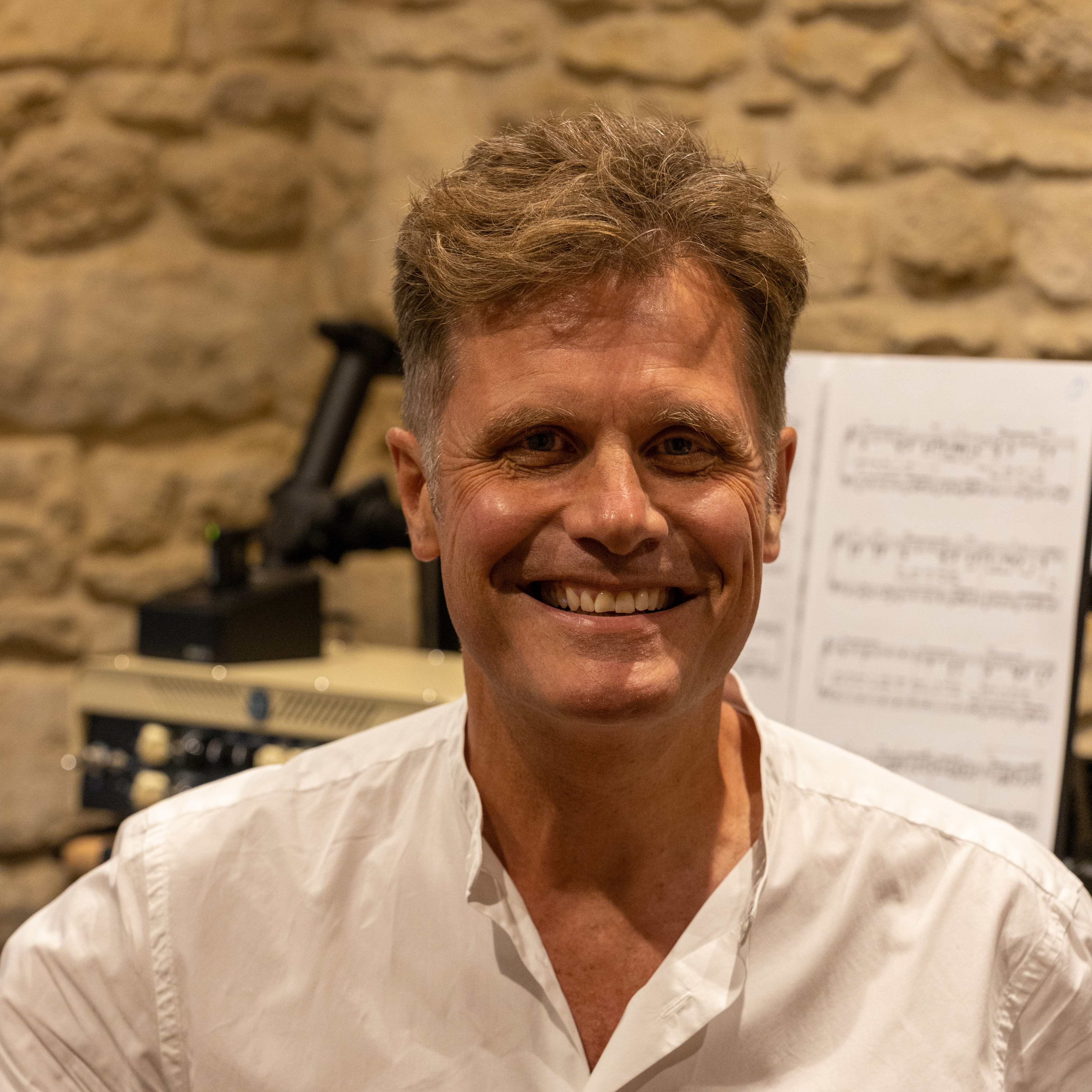MusicRadar Verdict
A great choice for mixing on a budget, the LP-6 is a super monitor that’s impressively quiet, accurate and characterless.
Pros
- +
Uplift in sound quality with no uplift in price.
- +
Lower self-noise than the previous version, and more accurate too. Transparent, characterless sound is perfect for mixing on a budget.
- +
Versatile placement. Front port and boundary EQ settings enable the LP-6 to be positioned almost anywhere you like.
Cons
- -
Finish is good for the money but not premium. However, it’s well built.
- -
DIP switches can be fiddly, but setting the boundary EQ is a one-off job.
- -
No matching white sub available for the white LP-6.
MusicRadar's got your back
Kali Audio LP-6 2nd Wave: What is it?
The first-generation LP-6 was easy on the ears yet light on the pocket, making it hard to imagine how Kali’s engineers could improve on it without a substantial uplift in price. Well, they did it, the LP-6 2nd Wave boasts some notable upgrades, for below $199/£199 per unit.
For those not familiar with the original, the LP-6 is a powered, nearfield monitor that’s just as at home in a bedroom studio as it is in a multi-channel, immersive setup. It delivers 80W total power via a class D amp, a 1” tweeter and a 6.5” driver. Notable improvements this time around include a 12dB reduction in self-noise, a thinner paper woofer for faster transient response, and a redesigned amp that Kali says enables more robust DSP for smoother, more accurate high-frequency tuning.

Kali Audio LP-6 2nd Wave: Performance and verdict
The development team chose not to mess with the existing 1-inch tweeter, nor the high output, low distortion, dual-layer voice coil. The front port, shaped like a grin, is still there too, smiling generously. Overall, with this iteration, Kali has kept the good stuff intact, while upgrading choice components to increase accuracy and lower noise.
The test unit we have been sent is finished in bright white with a black woofer cone. A more traditional black-on-black finish is also available, which is probably the better choice if you’re going to pair them with Kali’s ‘any colour you like provided it’s black’ WS-6.2 Sub.
The bulk of the enclosure is made from medium-density fibreboard (MDF), wrapped neatly in subtly textured vinyl. The front, save the drivers, is a big slab of plastic and there’s a metal backplate securely screwed to the rear. The LP-6 looks tidy, well-made and attractive but judged on appearance alone it’s no premium monitor – let’s just say the product design team at Focal are unlikely to be choking on their croissants anytime soon. This is fine, because the LP-6 is unashamedly a budget monitor that ships with an affordable price tag.

Setup, however, is a first-rate experience. First, the LP-6 features a variety of inputs – TRS, XLR and RCA – which is an absolute godsend if, like us, you own a drawer full of cables, but never the right one. Second, and more important, that front port enables close placement to a back wall, a common scenario in most small studios.
Kali has programmed the LP-6 with eight boundary EQ options, enabling you to compensate for installation on a desk with stands, tight against a back wall, 20”/50cm from a back wall and so on. These EQ settings, together with those for high and low-frequency trim, can easily be selected by setting an external array of dip switches.
Our test pair were remarkably low on self-noise – you really can work up close to these monitors. Similarly, forward-facing ports often get a bad rap for introducing air turbulence noise but we didn’t experience this or marked bass compression. The LP-6’s response curve is pretty flat, with a slight dip at 700-900Hz, which is why we heard little character, just an accurate, transparent tone. Exactly what we look for in mixing.
MusicRadar verdict: A great choice for mixing on a budget, the LP-6 is a super monitor that’s impressively quiet, accurate and characterless.
Riffs, Beards & Gear
Zach Wirchak
Produce Like A Pro
Barry Johns Studio Talk
Kali Audio LP-6 2nd Wave: Specifications
- KEY FEATURES: Amp class: D HF Power: 40W LF Power: 40W Total Power: 80W HF Driver: 1” Textile Dome LF Driver: 6.5” Optimized Paper Frequency Response (-10 dB): 39Hz - 25kHz Frequency Range (±3 dB): 47Hz - 21kHz Max SPL: 115dB Enclosure: Front Ported LF Height: 14.125” (35.9cm) Width: 8.75” (22.2cm) Depth: 10.25” (26cm) Weight: 16lbs (7kg).
- CONTACT: Kali Audio
When Simon's childhood classical guitar teacher boasted he 'enjoyed a challenge', the poor man had no idea how much he'd underestimated the scale of the task ahead. Despite Simon's lack of talent, the experience did spark a lifelong passion for music. His classical guitar was discarded for an electric, then a room full of electrics before Simon discovered the joys of keys. Against all odds, Simon somehow managed to blag a career as a fashion journalist, but he's now more suitably employed writing for MusicRadar and Guitar World. When not writing or playing, he can be found terrifying himself on his mountain bike.
With its latest free update, Ableton has finally turned Note into the app I always wanted it to be
Technically capable, but struggle to make your tunes sound musical? 5 simple music theory hacks to make your tracks stand out
"Despite its size, it delivers impressive audio quality and premium functions as well as featuring a good selection of inspired sounds": Roland GO:Piano 88PX review











